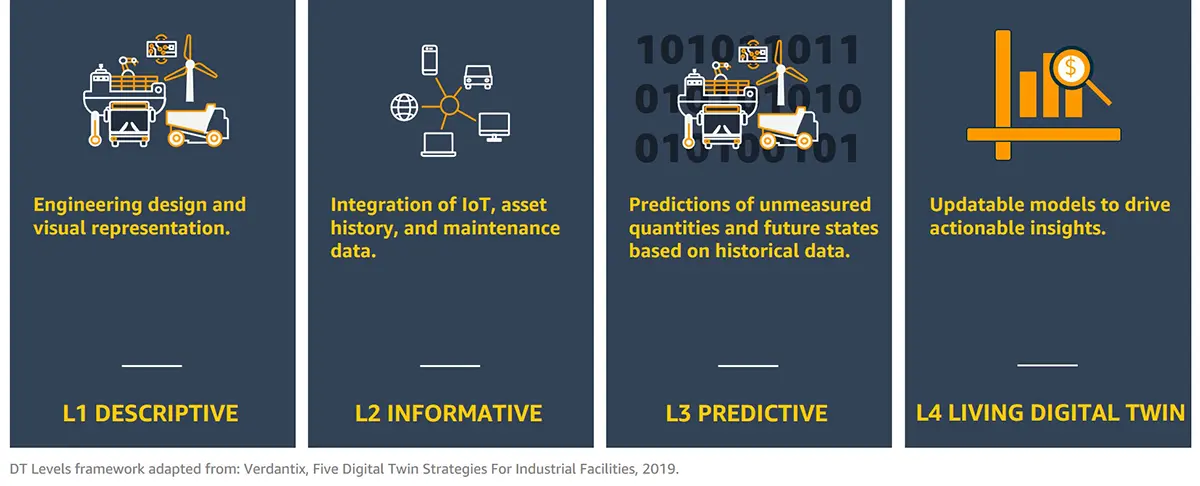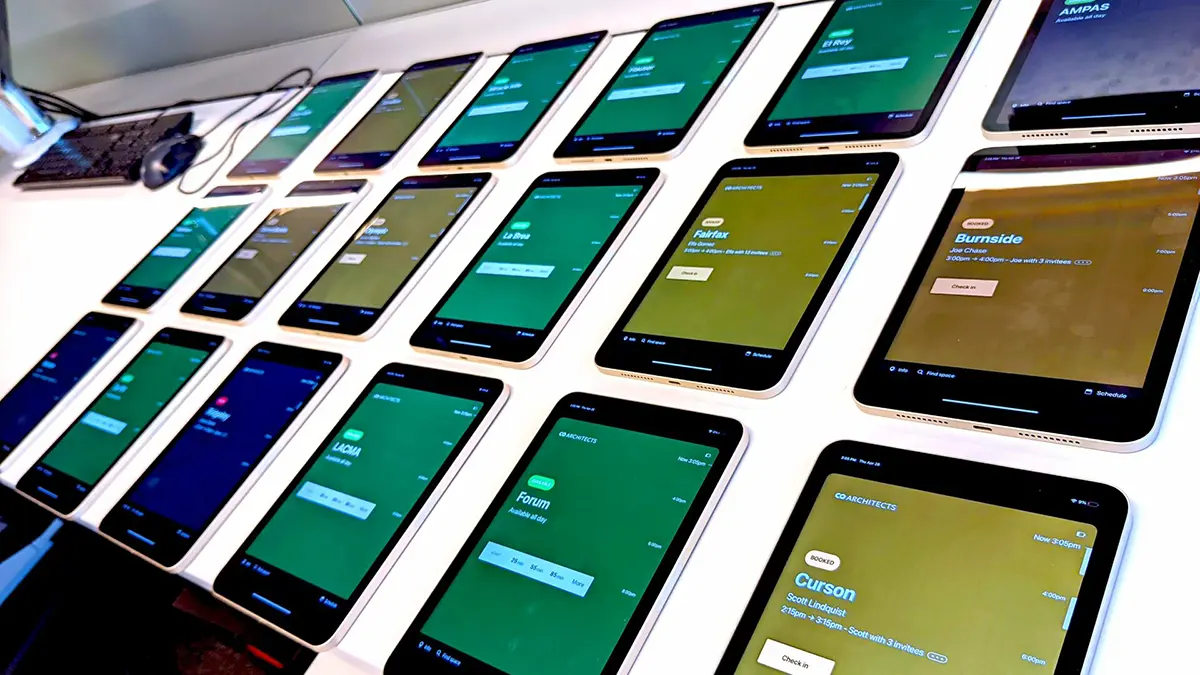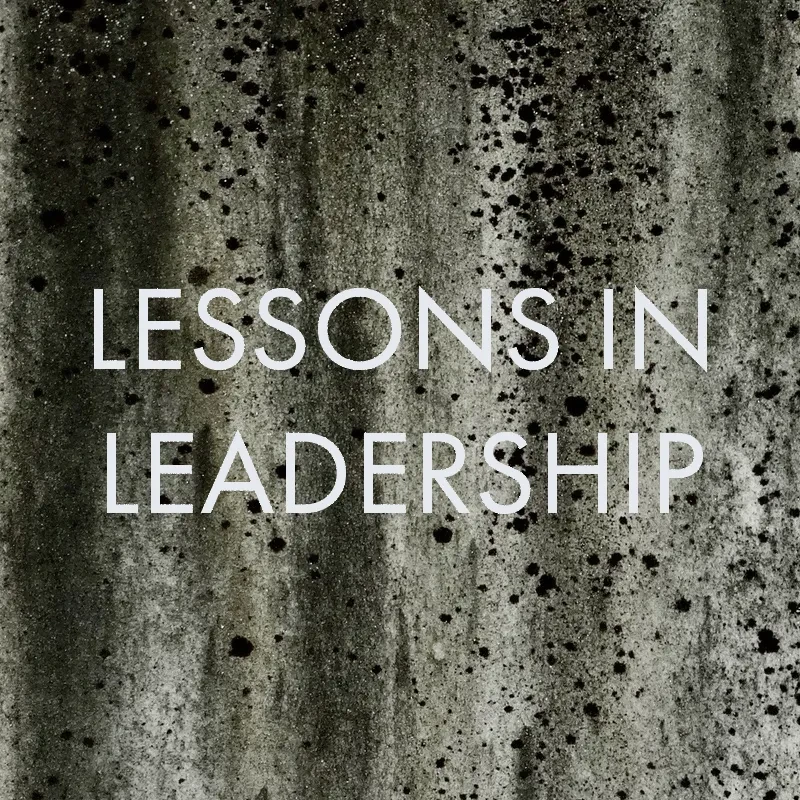
The Digital Twin: Planning the Future of Workplace Design
Chikara Inamura
Director of Digital Technology at CO Architects
August 28, 2024
In the age of AI, Digital Twin technology presents a long-anticipated promise for the AEC industry to harness spatial data for human-centric design.

Cloud-based Digital Twin Platform at CO Architects - Images courtesy CO Architects
What Is a Digital Twin?
Nowadays, many of us feel technology is evolving faster than our ability to adapt to the changes it brings. Eric “Astro” Teller, CEO and “Captain of Moonshots” at Google X, explains this phenomenon in New York Times columnist Thomas Friedman’s book “Thank You for Being Late.” Teller draws a comparison between the exponential rate of change in technology based on Moore’s law and a relatively constant rate of change in humanity — both individuals and society — to adapt to changes in its environment (Figure 1). The Digital Twin is a good example of this phenomenon, where the development of its enabling technologies and infrastructures is accelerating at such an increasing speed that it is nearly impossible to draw a clear definition of its capabilities, let alone its potential values to our society.

Figure 1: Rate of Change in Technology and Human Adaptability, Thomas Friedman
Defining Digital Twin
Dr. Adam Rasheed, the Head of Autonomous Computing at Amazon Web Services (AWS), addresses this challenge and provides the following definition that comes closest to my understanding of the capabilities and values of a Digital Twin: “A Digital Twin is a living digital representation of an individual physical system that is dynamically updated with data to mimic the true structure, state, and behavior of the physical system, to drive business outcomes.” With this definition as an overarching framework, Dr. Rasheed identifies the following four stages of development and use cases of Digital Twins (Figure 2):
- L1 Descriptive: Engineering design and visual representation.
- L2 Informative: Integration of IoT, asset history, and maintenance data.
- L3 Predictive: Predictions of unmeasured quantities and future states based on historical data.
- L4 Living: Updatable models to drive actionable insights.

Figure 2: Digital Twin leveling index, Amazon Web Services (AWS)
Digital Twins at an Architects’ Office
CO Architects recently relocated to a new office space a few blocks from the building it occupied for the last 34 years. Current market conditions allowed us to lease about 50% more space – an increase from our previous 19,000 square feet to more than 27,000, with an expansion option – for only a modest increase over our previous monthly payment. Designed by our own team of architects and interior designers, we became the client as well as the tenant of our own design. This offered a rare opportunity to turn our new office into an experimental sandbox to implement various Digital Twin solutions. Adapting the four-stage description by Amazon Web Services, we identified our initial exploration as the following two case studies:
Time Machine: A Descriptive Digital Twin
The first case study focused on the concept of a virtual time machine. Designing a new workplace within an existing building requires an acquisition of spatial data of existing conditions and careful coordination with a virtual model that represent the design intent. Harnessing the modern 3D scanning technology with traditional BIM data in a game engine, we developed an interactive virtual environment, wherein a series of time-stamped, 3D-scanned data at various stages of construction was overlayed with design and engineering CAD models.
The idea of archiving spatial data and making it readily available as 3D datasets for future reference is exciting and important for us as we plan on making continuous improvements in our built space to accommodate future growth. For 3D scanning, we used Matterport to capture the as-built condition and construction sequences at monthly intervals. We used Unity as the game engine to map all 3D assets in a timeline and create an interactive environment that was hosted on a cloud.
This interactive set of models became a 4D representation of the built environment with dimensionally accurate 3D point-cloud data from each phase of construction. This initial development of a descriptive digital twin enabled our users to travel forward in time to review design finishes and materials during construction, as well as travel back in time to uncover building structures and service elements behind finished walls as we continued to modify and enhance our workplace (Figure 3).
Figure 3: Time Machine – Descriptive Digital Twin at CO Architects
Case 2: “The Live Dashboard” — An Informative Digital Twin
The second case study focused on the development of an informative digital twin by incorporating IoT sensors and web APIs with our descriptive digital twin model to map spatial activities and environmental data. CO Architects’ new office provides ample natural light all around a wide range of functional spaces that accommodate various activities from open collaborative workplaces to private offices, meeting rooms and a fabrication shop. One thing we’ve learned as a tenant of our own design was that repartitioning the floor while maintaining the existing MEP system revealed some local variances in internal temperature and noise levels across different parts of the workplace.
Beyond temperature and noise variations, we started to witness trends in user preferences for specific rooms and locations for certain activities. To better understand these trends, we installed a series of temperature sensors across the floor and overlaid real-time room use data in our digital twin platform. Temperature streaming was established using Home Assistant, an open-source IoT platform, and Postman, a web-based API platform, while room use data was retrieved via room booking interfaces on Apple iPads and Microsoft Graph API (Figure 4). Both data streams were brought into Autodesk Tandem and combined with BIM data to create spatial data visualization and analytics (Figure 5). Our informative digital twin platform connected static spatial data with dynamic performance metrics from the environment and user activities. This data synthesis is an exciting step for us, one in which we can begin to drive the future of workplace design with informed decisions based on quantifiable metrics.

Figure 4: Room Booking Interface on iPads
Figure 5: Live Dashboard: Informative Digital Twin at CO Architects
Next Step: A Predictive Digital Twin
Looking beyond our case studies, we are currently exploring the next phase of our research in developing a predictive digital twin with the use of agent-based simulations. Using on the historical and real-time data from our sensors and user activity logs, we are beginning to encode a sequence of behaviors to virtual agents that will simulate various activities throughout the day and create a repository of synthetic data. We believe that predictive digital twins will uphold a long-anticipated promise for our AEC industry: They will develop intelligent design processes — more intuitive and informative — with performance-based data, grounded in real-world human-building interactions.
We look forward to sharing our discoveries in the next episode.
Predictive digital twins will uphold a long-anticipated promise for our AEC industry: They will develop intelligent design processes — more intuitive and informative — with performance-based data, grounded in real-world human-building interactions.
Chikara Inamura is the Director of Digital Technology at CO Architects. He holds a Bachelor of Architecture from Southern California Institute of Architecture and a Master of Science in Media Arts and Sciences from Massachusetts Institute of Technology. He is a former researcher at the MIT Media Lab and an industry expert on computational design, engineering, and manufacturing.




